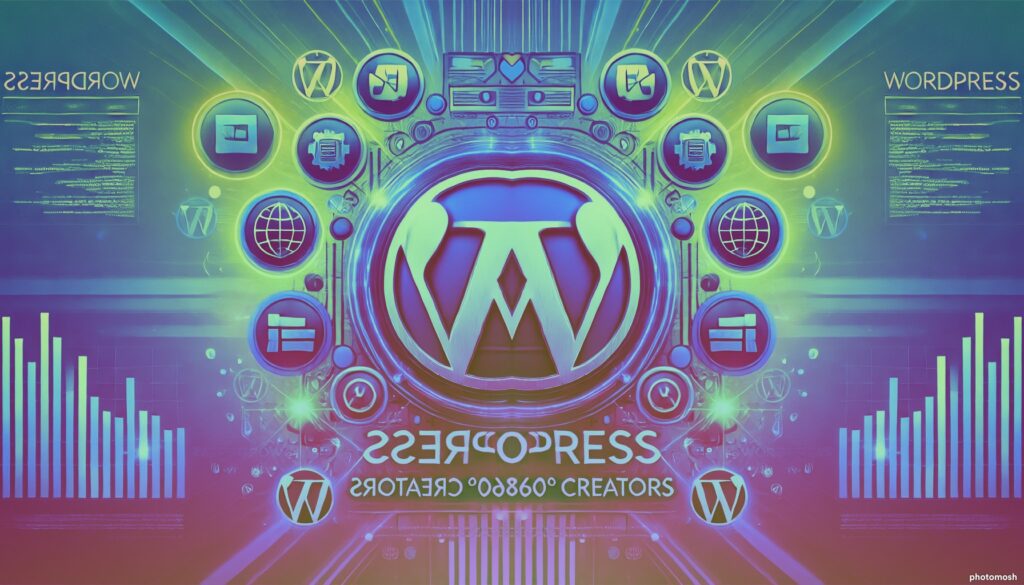The Illusion of Professionalism
Magento and Prestashop still carry an aura of robustness. They smell like the early 2010s and the false comfort of “real developers use this.” The problem? Very few developers actually want to use them anymore.
Magento is heavy. It requires advanced technical knowledge just to keep running. Prestashop suffers from a fragmented plugin ecosystem and a UX/UI that feels more like an accounting tool than a modern web experience.
You won’t find a young dev eager to build their future on Prestashop, and Magento specialists are slowly becoming a rare species.
Shrinking Community, Shrinking Horizons
A tech product without a lively community is a zombie. No tutorials. No Stack Overflow support. Fewer devs. Fewer plugin updates. Fewer security patches. Less innovation.
In short: if you’re not Apple or Amazon with your own in-house team and maintenance budget, you’re going to hit a wall.
A solution without an active user base becomes a liability. And worse: a silent one. It works until it breaks—and then it’s already too late.
Custom CMS: The Trap of Control
Many companies still say things like:
“We needed something custom, more aligned with our business logic.”
Okay, sure. But let’s be honest.
Developing an in-house CMS is like building your own Excel to manage your finances. Fun idea for a dev sprint. Nightmare over time.
A tailor-made CMS isn’t a guarantee of performance—it’s a guarantee of:
- Devs that never really leave your company (or else)
- A stack no one else wants to touch
- Over-complicated onboarding
- A product that’s impossible to scale without reinventing the wheel every time
You’re not buying long-term performance; you’re buying long-term dependency.
Scarcity Isn’t Value
In branding, scarcity can be sexy. In tech, scarcity is dangerous.
If there are only 3 people in your country who know how to manage your CMS, that’s not a moat—it’s a trap.
The more niche your solution, the less likely it is to grow with your company. You’ll hit limits fast: API connections that don’t work, plugins that are abandoned, performance bottlenecks, SEO headaches, and worst of all—time lost on things that should be easy.
Your team isn’t here to fight your tools. They’re here to build with them.
The ROI Mirage
Magento and Prestashop are rarely chosen out of joy. They’re often chosen out of habit, legacy, or fear of going mainstream.
But let’s be clear: when your solution eats more resources than it saves, it’s no longer an investment. It’s a cost center.
Choosing scalable, widely supported platforms isn’t lazy. It’s smart. It means your developers have documentation, your marketers have automation tools, and your clients get a faster, more reliable experience.
What to Choose Instead?
Honestly, any tool is good as long as it’s:
- Actively maintained
- Supported by a broad, responsive community
- Easy to evolve with your business
- Onboardable in less than two weeks
Whether that’s WordPress with Elementor, Shopify, Webflow, or even a headless setup with modern stacks—it all depends on your real needs. But it should never depend on your dev team’s heroic ability to maintain a half-dead codebase.
Complexity Is Not a Badge of Honor
If your digital stack makes your team suffer, it’s not your team that’s weak—it’s your toolset that’s outdated.
A smart digital strategy doesn’t just chase performance. It chases autonomy, maintainability, and adaptability.
Your tools should move as fast as your ideas.
And in 2025, that means letting go of zombie platforms and choosing tech that’s alive and kicking.
Post-scriptum: If you have managed to build something great on Prestashop or Magento in 2025 without crying, please write to me. I owe you a beer. Or maybe an intervention.




